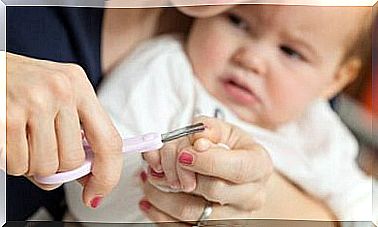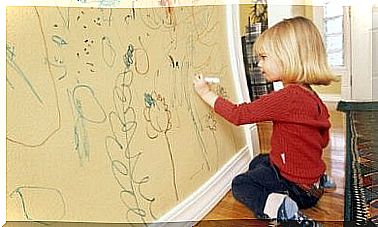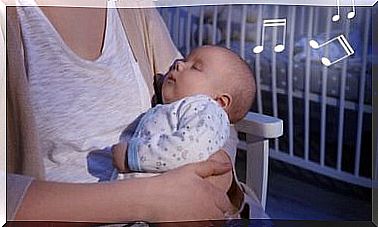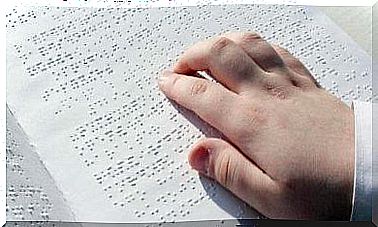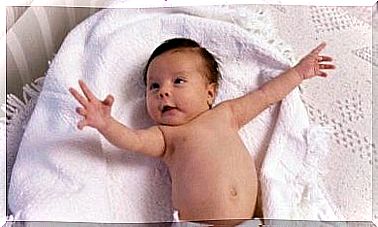Find 7 Fun Brain Exercises For Kids
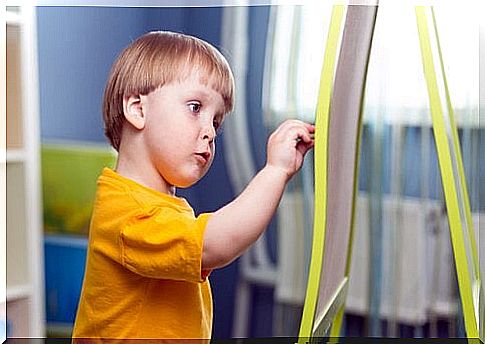
Brain exercises for children are a training routine that prepares both body and brain for learning.
It consists of exercises that can help release stress, energy and awaken the brain.
Children can do these exercises at home or at school. While it is practical, it is also fun and engaging.
The essence of this technique is to engage the brain through physical movements, which are designed to stimulate and challenge.
A big plus for these brain exercises for children is that they can be performed by people of all ages.
So if you need to get your attention focused on an activity, try one of these brain exercises for kids before you get started.
Brain exercises for children: A way to improve learning
1. Draw the number 8
Ask your child to draw the number 8, with their finger, over and over again. They can “draw” the number in the air, or you can give them a piece of paper and show them how to follow the line.
The important thing about this exercise is to use their “not good hand”, a right hand must draw with the left and vice versa.
It stimulates the creative cerebral hemisphere of the brain, and activates the muscles of the hand.
2. Cross exercises
This exercise helps to burn the energy needed before beginning an activity that requires focus.
These simple movements activate both halves of the brain working together.
Your child should stand up and reach down to his left knee with their right elbow. Then the other way around where they have to reach down to his right knee with his left elbow.
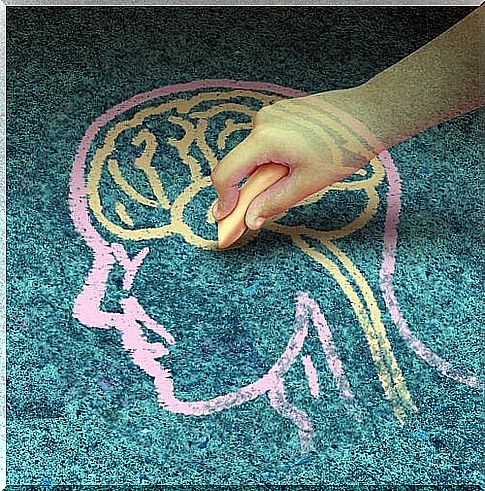
3. Double doodles
Double doodles is an exercise where your child has to use both his hands at the same time: they have to try to draw that drawing with both hands at the same time.
This exercise helps to develop their language skills, mathematical abilities as well as symbolic thinking.
This exercise can be good before starting with difficult homework.
4. Tracing of shapes
In this exercise, the child must draw a triangle with their right hand, it can be both on paper or in the air. At the same time, they should try to draw a circle with their left hand.
Keep doing this exercise until your child can draw the figures independently. It is a dissociative exercise that trains the brain.
5. Rub your stomach and pat your head
Here is another activity that can stimulate both halves of the brain.
Your child should start by rubbing his stomach with one hand in a circular motion. Then they should try to pat their head with the other hand.
This activity prepares the brain to learn and assimilate new information.
6. Little finger and pointing finger
Ask your child to make a fist with both hands. They should try to lift their little finger on their right hand, while at the same time pointing their finger on their left hand.
When it can be done with one hand, one can switch to the other.
This exercise helps to improve concentration and develop fine motor skills.

7. Neck exercises
Here your child should breathe deeply, relax in their shoulders and lean their head back slightly with their eyes closed.
Then they have to move their head from side to side in a circular motion.
Deep breathing is an important part of this exercise. The movements help control breathing and provide oxygen to the brain.
Why not make it a small morning routine with 5 – 10 minutes like these?
Doing it daily will help your child better receive the information they will receive during their school day.
With brain exercises for children, children can develop basic skills from an early age. It includes, coordination, balance, motor skills, concentration as well as visual perceptions.
Practice these activities before school or homework, to give your child the tools to concentrate and focus.

